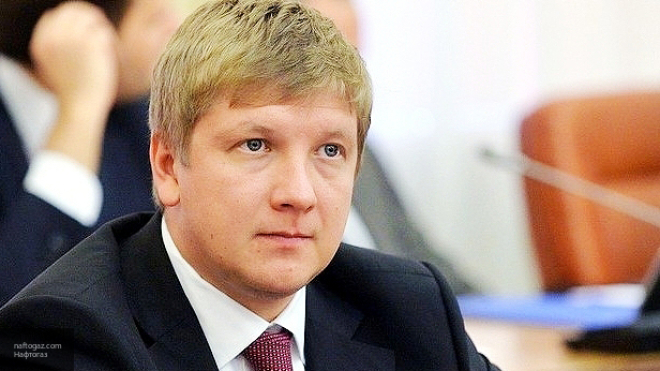Russian gas blackmail is one of the Kremlin’s political influence tools abroad and Russia has had multiple “gas wars” against its neighbors under its belt almost since the collapse of the USSR. As Russia refused to extend gas shipping contracts with Ukraine in late 2014, Ukraine had to seek reverse gas supply from the neighboring EU countries and boost its domestic gas production. While Ukraine’s gas production is still at the levels far from gas independence, importing liquefied natural gas remains the only significant way to diversify the sources of natural gas imports, but it needs additional infrastructure.
The idea of Ukraine purchasing LNG supplies from the United States is not new: the very first US cargo of the liquefied energy source was delivered to the Kyiv-based importer ERU Trading, via Poland, as early as June 2017 (Eru.com.ua, June 26, 2017). Moreover, Poland, Ukraine, and the US signed a separate trilateral memorandum on cooperation on LNG sales back in 2019 (Premier.gov.pl, August 31, 2019). However, the whole process appears to have gained additional momentum in the past several months, as talks moved on from general discussions to the more detailed negotiations over the framework of the future cooperation.
The initial signal came in March of this year, when Ukraine’s deputy minister of energy and environmental protection, Konstantyn Chyzhyk, announced that Ukraine had already signed a Letter of Intent with Louisiana Natural Gas Exports (Interfax, March 13). The news was since confirmed two more times: first, on May 27, when the above-mentioned text of the memorandum on US LNG imports to Ukraine was preliminary approved by the government, and then again, in mid-June, when LNGE’s CEO, Ben Blanchett, gave two interviews to the Ukrainian media.
According to Blanchett, talks between the US and Ukrainian sides are still ongoing; however, the core of a possible long-term agreement has already been decided. Namely, US LNG deliveries for Ukraine are to be set for a 20-years period and will begin, at the earliest, in 2023. Annual supplies, amounting to as much as 5.5 bcm, will be delivered via Poland (Liga.net, June 15).
The key element of the proposed deal is to secure gas infrastructure expansion in Poland and Ukraine, which remains a necessary condition to actually enable regular, large-scale supplies of the US-produced natural gas to Ukrainian customers. For now, there is no free regasification capacity in Poland (despite the ongoing expansion of the Świnoujście LNG terminal), as all of the existing and to-be-brought-online capacities are already booked by Poland’s energy giant PGNiG (Polskielng.pl, May 29). Moreover, the preexisting gas interconnector between Poland and Ukraine is not sufficient either; its capacity is only 2 bcm per year, and flows can currently only move in one direction, to Ukraine.
What LNGE offers is to fully finance the construction of a new gas interconnector between the two Central and Eastern European countries. For this purpose, the US company is willing to invest around $300 million. Furthermore, the Louisiana gas producer is considering financing the “expansion of Polish regasification capacities” (Liga.net, June 15). LNGE has, to date, not elaborated on that latter point, however. Therefore, it remains unknown whether the company would like to see the further expansion of the Świnoujście LNG terminal (not confirmed if feasible) or to participate in the proposed 4 bcm floating storage regasification unit (FSRU) terminal project in Gdańsk (to be brought online by Poland’s GAZ-SYSTEM by the end of 2025) (Offshore-energy.biz, May 6, 2019).
Leaving aside the technical constraints mentioned above, the second main difficulty will be agreeing to a price formula between the Americans and Ukrainians. LNGE’s Blanchett has already described his firm’s proposed model, indicating that the US LNG price would be indexed to the Henry Hub natural gas price, which should make it competitive against spot supplies from the European TTF hub (112.ua, Liga.net, June 15, 2020). This, scheme and its underlying assumptions as to competitiveness, however, are being questioned by some of LNGE’s Ukrainian counterparts.
Read also:
- The secret Soviet council which established the Kremlin’s gas monopoly on Europe
- Russia pushes to complete Nord Stream 2 challenging US sanctions
- Russia’s March-2018 gas war attempt against Ukraine, explained
- Ukraine’s Russian gas transit to the EU may end in 2020, depends Nordstream-2 (2019)
- First Ukrainian city stops using gas heating, switches to wood waste
- Turkish Stream or Russian Stream?
- Putin’s gas pipelines and Ukraine
- Why Ukraine needs Norwegian gas








